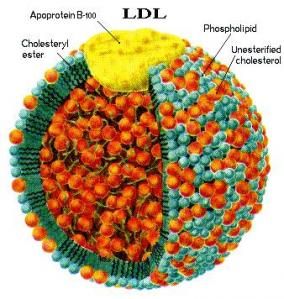Among them, many suffer from neck pain, which is the third most common type of pain according to the American Pain Foundation.
It is estimated that 70 percent of people will experience neck pain at some point in their lives but research into effective treatments is surprisingly limited.
If you visit a conventional physician for pain, there's a very good chance you'll leave with a prescription for a medication,as nonsteroidal anti-inflammatory drugs (NSAIDs), acetaminophen (Tylenol) and even opioids (OxyContin, Vicodin, etc.) are the go-to treatment for pain in the modern medical world.
However, there are better options than drugs for neck pain, not only in terms of pain relief, but also in helping to treat the underlying cause of the pain so that healing can truly occur.
New Study Shows Exercises and Chiropractic Care Beat Drugs for Neck Pain
According to a new study published in the Annals of Internal Medicine and funded by the National Institutes of Health, medication is not the best option for treating neck pain.
After following 272 neck-pain patients for 12 weeks, those who used a chiropractor or exercise were more than twice as likely to be pain free compared to those who took medication.
Specifically:
- 32 percent who received chiropractic care became pain free
- 30 percent of those who exercised became pain free
- 13 percent of those treated with medication became pain free
Researchers concluded:
"For participants with acute and subacute neck pain, SMT [spinal manipulation therapy] was more effective than medication in both the short and long term. However, a few instructional sessions of HEA [home exercise with advice] resulted in similar outcomes at most time points."












